There’s something magical about discovering that wild birds have chosen your garden as their home. That moment when you realize your outdoor space isn’t just your sanctuary, but has become a haven for local wildlife, can bring immense joy and connection to nature. Birds bring life, movement, and music to our gardens, transforming them into dynamic ecosystems rather than mere landscaped spaces. Whether you’re an avid birdwatcher or simply enjoy the occasional chirp outside your window, knowing the telltale signs of avian neighbors can enhance your appreciation of these feathered friends and help you become a better garden host.
The Subtle Symphony: Increased Bird Songs and Calls
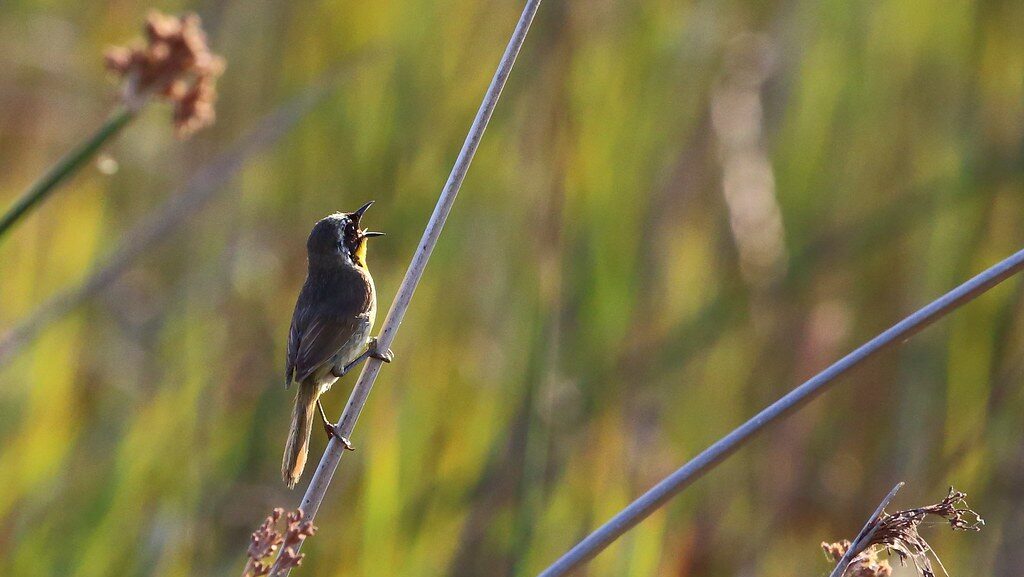
One of the first and most noticeable signs that birds have taken up residence in your garden is a significant increase in bird vocalizations. Unlike casual visitors who may chirp briefly while passing through, nesting birds establish a consistent sonic presence. Dawn and dusk typically feature the most pronounced choruses, with male birds singing to defend territory and attract mates. You might notice these songs becoming more regular and occurring from the same locations day after day. Pay particular attention to repeated calls coming from dense shrubs, trees, or hidden corners of your garden, as these often indicate a bird defending its nesting site rather than simply passing through.
Material Gatherers: Birds Collecting Nesting Materials
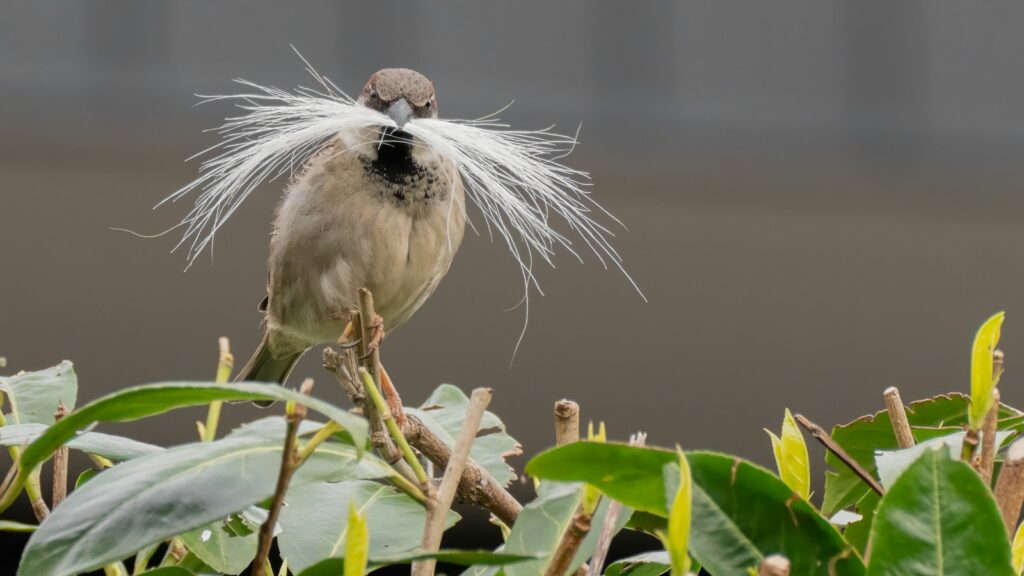
Perhaps the most definitive sign of nesting activity is spotting birds collecting building materials. During breeding season, birds become nature’s most dedicated architects, making hundreds of trips to gather the perfect components for their homes. You might observe birds plucking dried grass, small twigs, moss, pet fur, or even stealing strands from your garden twine. Robins and thrushes often collect mud after rain, while finches might harvest spider webs to bind their nests together. This collecting behavior is most intense during early morning hours and typically continues for several days as the nest takes shape. If you notice a bird repeatedly flying to and from your garden with materials in its beak, you can be fairly certain you have a construction project underway nearby.
The Buffet is Open: Increased Feeding Activity
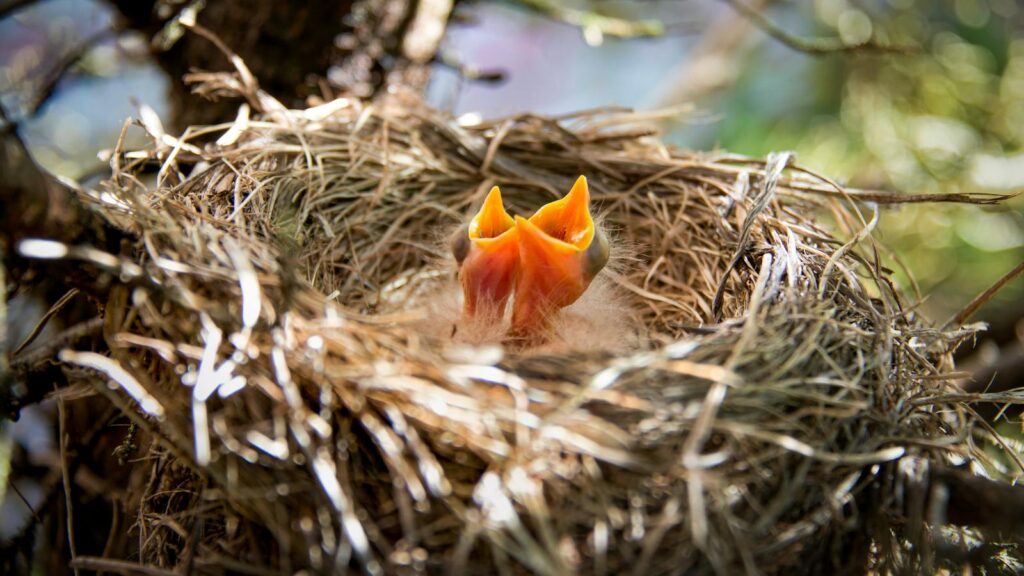
Birds with nests full of hungry mouths require substantially more food than at other times of the year. A sudden uptick in feeding activity, particularly birds repeatedly visiting the same spots in your garden, strongly suggests nearby nesting. Parent birds may make hundreds of feeding trips per day, sometimes as frequently as once every few minutes during peak feeding times. You’ll often notice them gathering insects rather than seeds, as most nestlings require protein-rich food for proper development. Watch for birds systematically hunting through your garden beds, scanning leaves for caterpillars, or hovering to catch flying insects – all while carrying their bounty away to the same location rather than eating it themselves.
Territorial Tensions: Defensive Behaviors
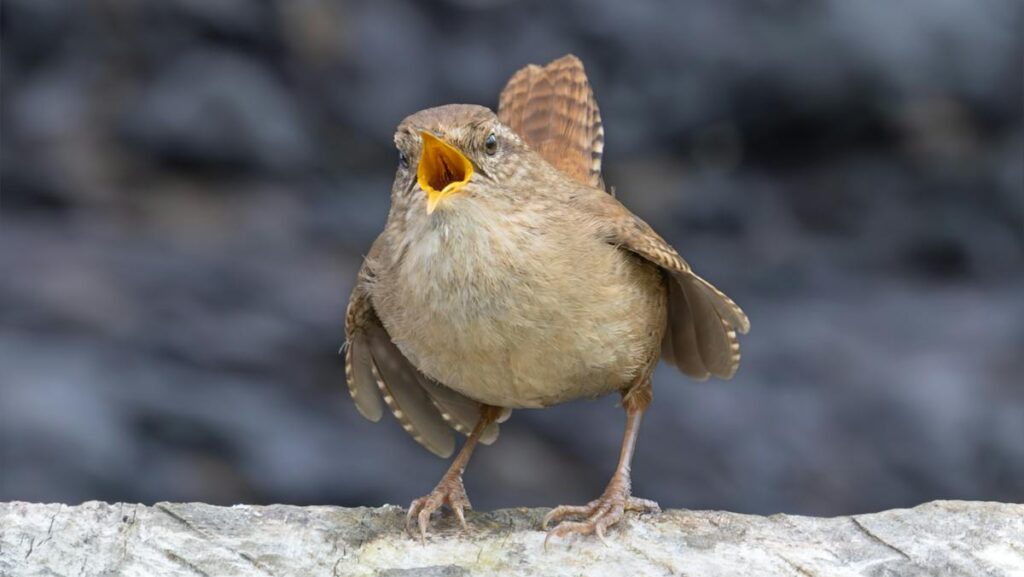
Birds become notably more protective and territorial when nesting, transforming from shy garden visitors to bold defenders. You might witness smaller birds chasing away much larger species, including neighborhood cats, squirrels, or even people who venture too close to their hidden nursery. Some species perform distraction displays, pretending to be injured to lure potential threats away from their nest. Others may engage in dive-bombing behavior, swooping toward perceived threats with alarming precision. These defensive behaviors often intensify as eggs hatch and vulnerable chicks need protection. If you suddenly find yourself being scolded by an unusually bold robin or blackbird when gardening in a particular area, you’ve likely stumbled too close to their family home.
The Delivery Route: Regular Flight Paths
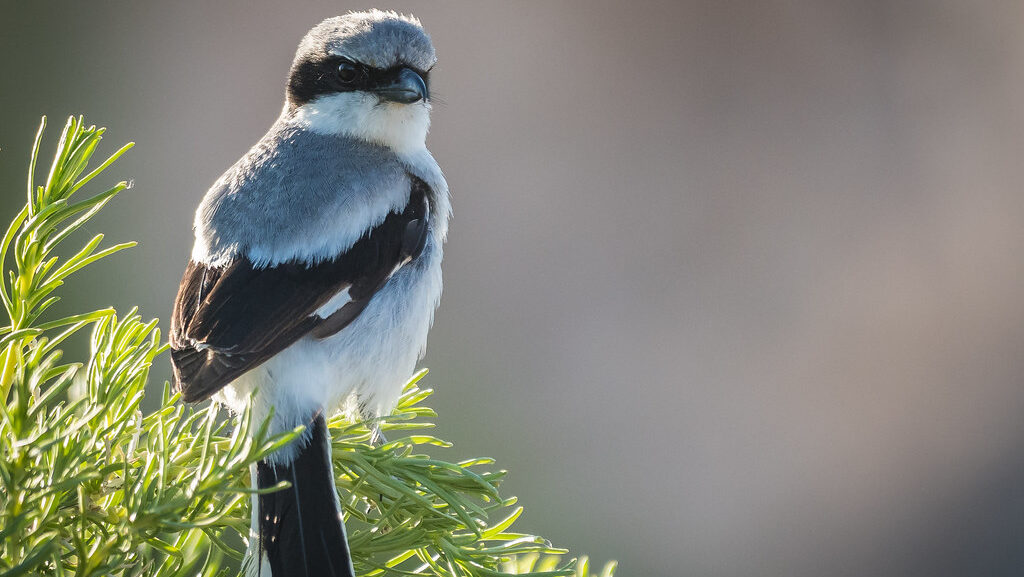
Nesting birds establish predictable flight patterns as they travel between food sources and their nest. Unlike the random movements of birds simply visiting your garden, nesting birds follow remarkably consistent routes. You might notice a bird repeatedly disappearing into the same dense shrub, ivy-covered wall, or tree cavity. These patterns become even more obvious during the nestling phase when parents make frequent feeding trips. Early mornings and evenings typically show the most activity, though feeding continues throughout the day. If you observe a bird flying the same path multiple times with either nesting materials or food, then remaining hidden for a brief period before emerging empty-beaked, you’ve likely spotted their delivery route to home base.
The Nest Hunter’s Guide: Where to Look
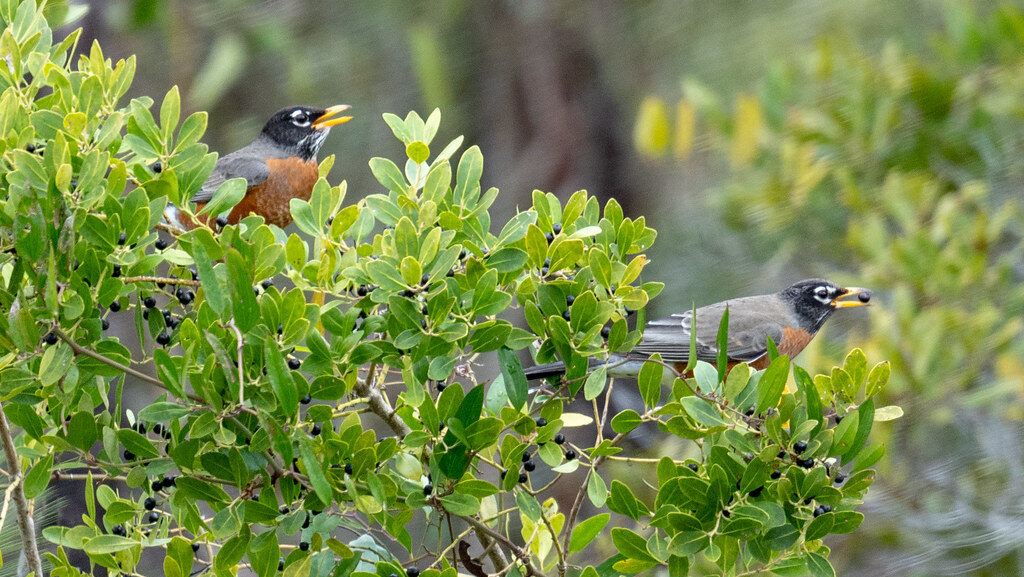
While finding actual bird nests can be challenging, knowing where to focus your attention improves your chances of respectful observation. Different species have distinct preferences for nest locations. Robins often choose sturdy shrubs or climbing plants like ivy, while wrens might utilize garden sheds or plant pots. Blackbirds typically select dense hedges or low tree branches, and finches frequently build in taller trees or climbing roses. Cavity-nesting species like tits prefer holes in trees or walls, readily adopting nest boxes when available. Look for subtle signs of activity like disturbed vegetation forming a small entrance tunnel, accumulated droppings beneath a tree, or unusual bundles of materials wedged into building crevices. Remember that direct nest observation should always be done briefly and from a distance to avoid distressing the birds.
Seasonal Signatures: Understanding Nesting Timelines
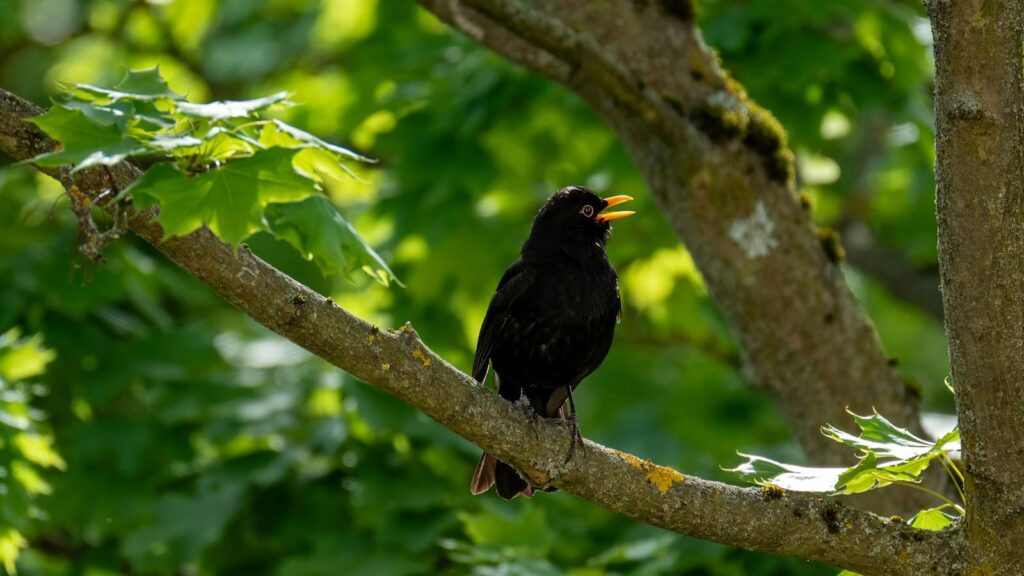
Bird nesting follows seasonal patterns that can help you anticipate and identify garden residents. In temperate regions, the primary nesting season typically spans from March through August, with peak activity occurring between April and June. Early nesters like blackbirds and thrushes may begin construction in March, while finches often wait until May when more natural foods become available. Some species, particularly doves and pigeons, may produce multiple broods throughout the season, creating extended periods of nesting activity. Weather patterns significantly influence timing – unusually warm springs may trigger earlier nesting, while cold snaps can delay breeding behavior. Understanding these seasonal variations helps explain sudden increases in garden bird activity and provides context for the behaviors you observe.
The Silent Period: Post-Hatching Behaviors
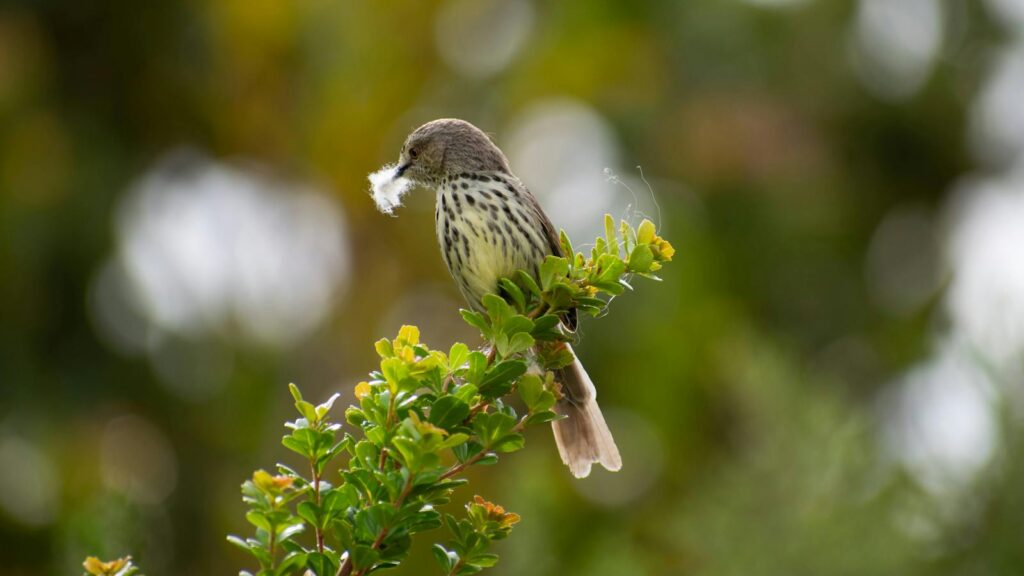
Interestingly, once eggs hatch, you might notice a temporary decrease in singing as birds focus intensely on feeding duties rather than territorial displays. This relative quiet doesn’t indicate the birds have left – quite the opposite. During this phase, parent birds become remarkably efficient and purposeful in their movements. You’ll observe them carrying food items rather than nesting materials, often with multiple insects or worms held in their beaks at once. Their visits become more frequent but briefer as they make quick deliveries to hungry nestlings. This period of focused feeding typically lasts 1-3 weeks depending on the species, representing the most demanding phase of the breeding cycle for parent birds.
Fledgling Frenzy: The Nest Exodus
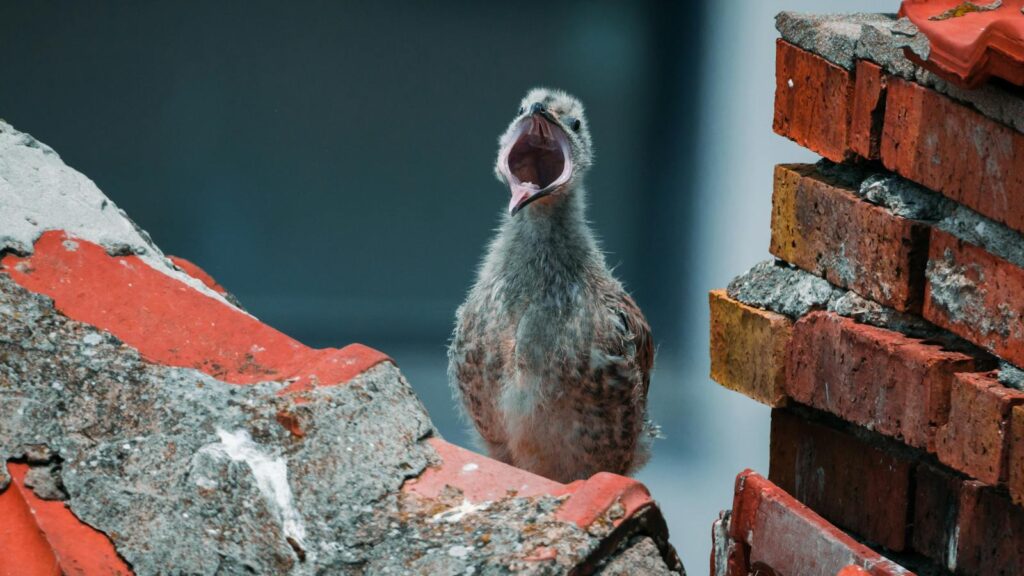
One of the most dramatic signs that birds have successfully nested in your garden is the appearance of fledglings – young birds that have left the nest but aren’t fully independent. Unlike their parents, fledglings move awkwardly, often appearing disheveled with shorter tails and traces of downy feathers. They typically perch conspicuously in open areas, calling repeatedly with distinctive begging calls that help parents locate them for feeding. This phase creates considerable commotion in the garden as parent birds continue feeding their offspring while also attempting to lure them toward safer locations. Fledglings might remain dependent on parents for several weeks, gradually developing flying skills and learning to find food independently, all while using your garden as their training ground.
Supporting Your Feathered Tenants: How to Help
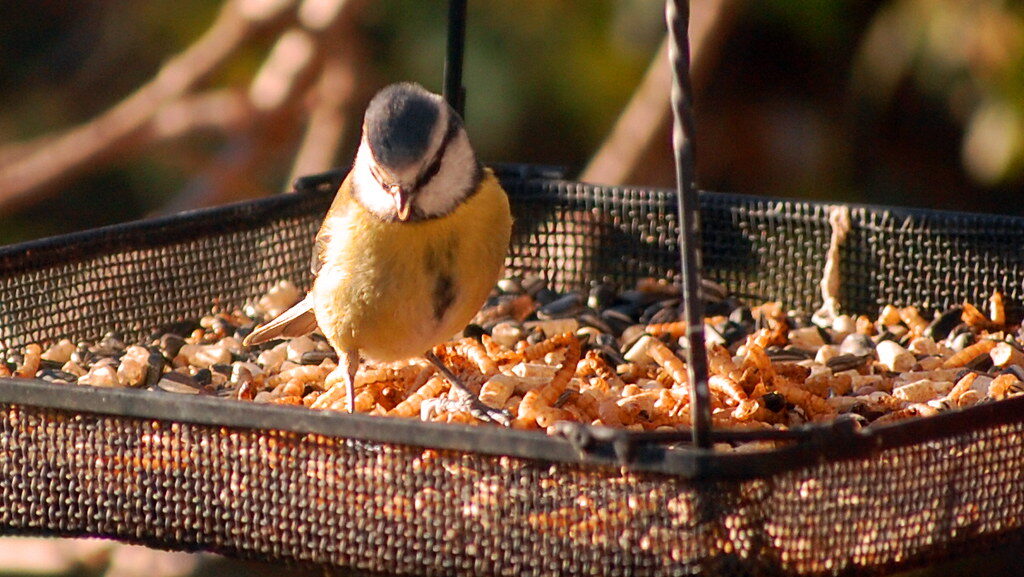
Once you’ve identified nesting birds in your garden, there are several ways to support their success without interfering. Maintaining a consistent food supply throughout the nesting season provides critical support, particularly offering high-protein options like mealworms that help parents feed growing nestlings. Providing fresh water for drinking and bathing becomes especially important during dry periods. Temporarily adjusting gardening activities to avoid disturbing nest sites can significantly reduce stress on breeding birds. Postponing major pruning until autumn ensures you won’t accidentally destroy active nests, while keeping pets supervised during peak nesting season protects vulnerable fledglings learning to navigate your garden. These simple considerations dramatically increase the chances of successful breeding in your garden habitat.
The Negative Signs: When Birds Abandon Ship
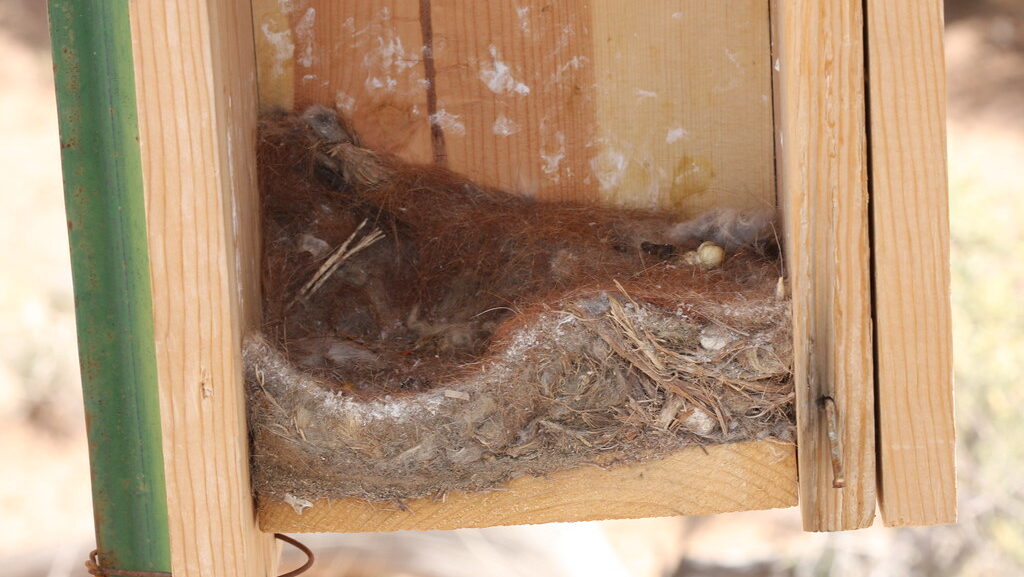
Understanding signs that birds have abandoned nesting attempts helps identify potential problems in your garden environment. Nest abandonment typically occurs early in the breeding cycle and may be signaled by a sudden cessation of activity around a previously busy site. Frequent disturbances, predator presence, or significant weather events like prolonged cold snaps often trigger abandonment. Birds may also desert nests if food resources suddenly diminish or if they perceive the location as becoming unsafe. If you notice construction activity abruptly stopping or birds discontinuing regular visits to a suspected nest site, it may indicate abandonment has occurred. Being aware of these patterns helps you address potential issues for future nesting seasons, such as providing more protective cover or reducing disturbances in key garden areas.
Garden Design for Nesting Success
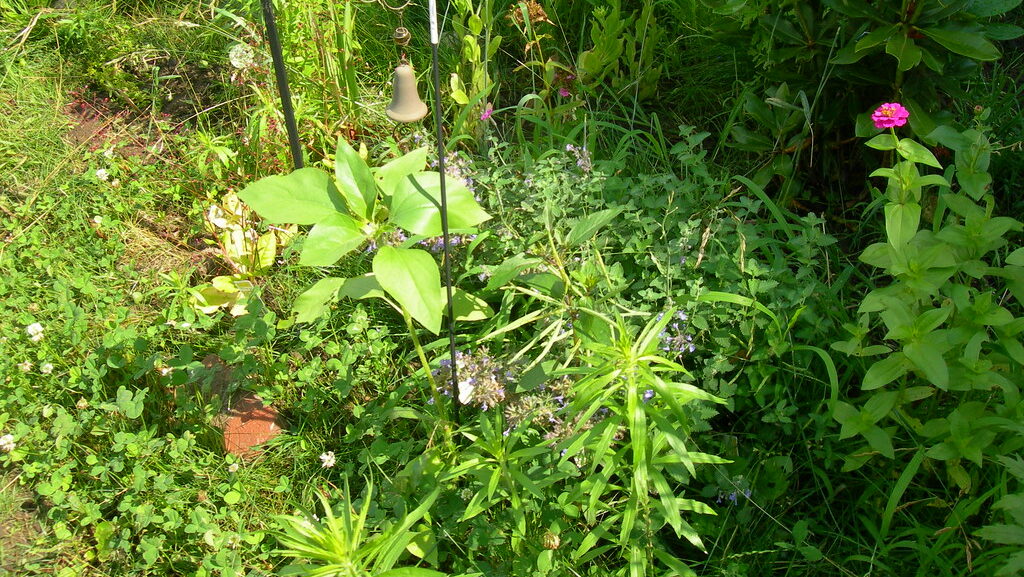
Creating a garden that attracts nesting birds involves thoughtful design choices that provide essential resources. Diverse plantings that include trees, shrubs and perennials create multiple nesting options for different species, while native plants generally support higher insect populations crucial for feeding nestlings. Incorporating dense, thorny shrubs like hawthorn or blackthorn provides natural protection from predators, making these highly sought-after nesting locations. Leaving some areas of your garden slightly wilder with leaf litter and natural materials provides both nesting materials and foraging opportunities. Vertical layers in your garden – from ground covers to tall trees – accommodate the preferences of different species, maximizing the nesting potential of even small spaces. With thoughtful design, even modest gardens can become prime nesting real estate for local birds.
Conclusion: The Joy of Sharing Your Garden
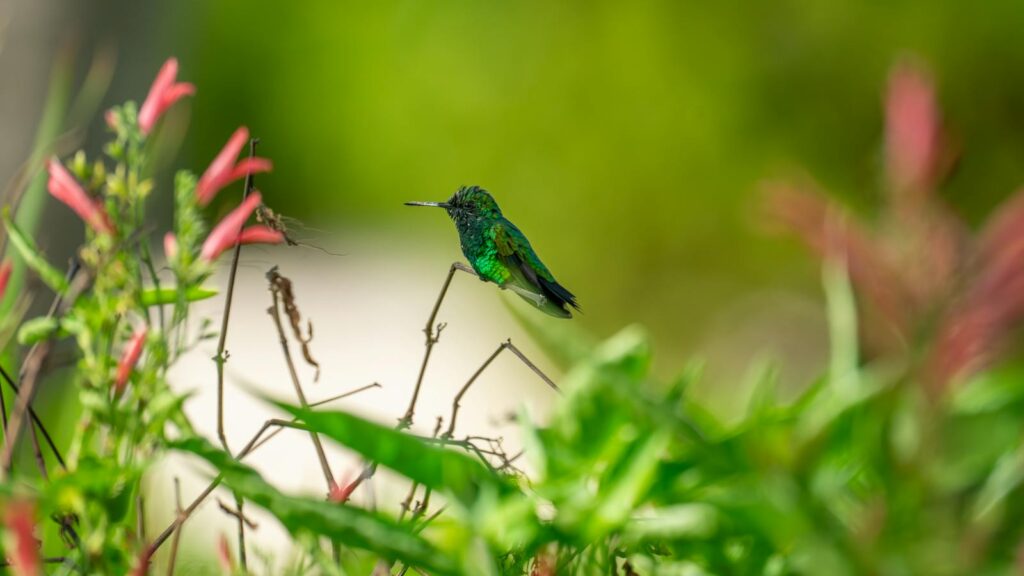
Discovering that birds have chosen your garden as their nesting ground is both an honor and an opportunity to connect more deeply with nature. These feathered families bring extraordinary moments of wonder – from the architectural marvel of nest construction to the heart-warming sight of parents tenderly feeding their young. By learning to recognize the signs of nesting activity, you become a more informed and considerate garden host, able to coexist respectfully with these wild neighbors during their most vulnerable season. As your garden transforms into a successful breeding habitat, you’ll enjoy not only the immediate pleasure of birdsong and activity but also the satisfaction of knowing you’re contributing positively to local biodiversity. In sharing your outdoor space with nesting birds, you create a sanctuary that nurtures both wildlife and your own connection to the natural world.
